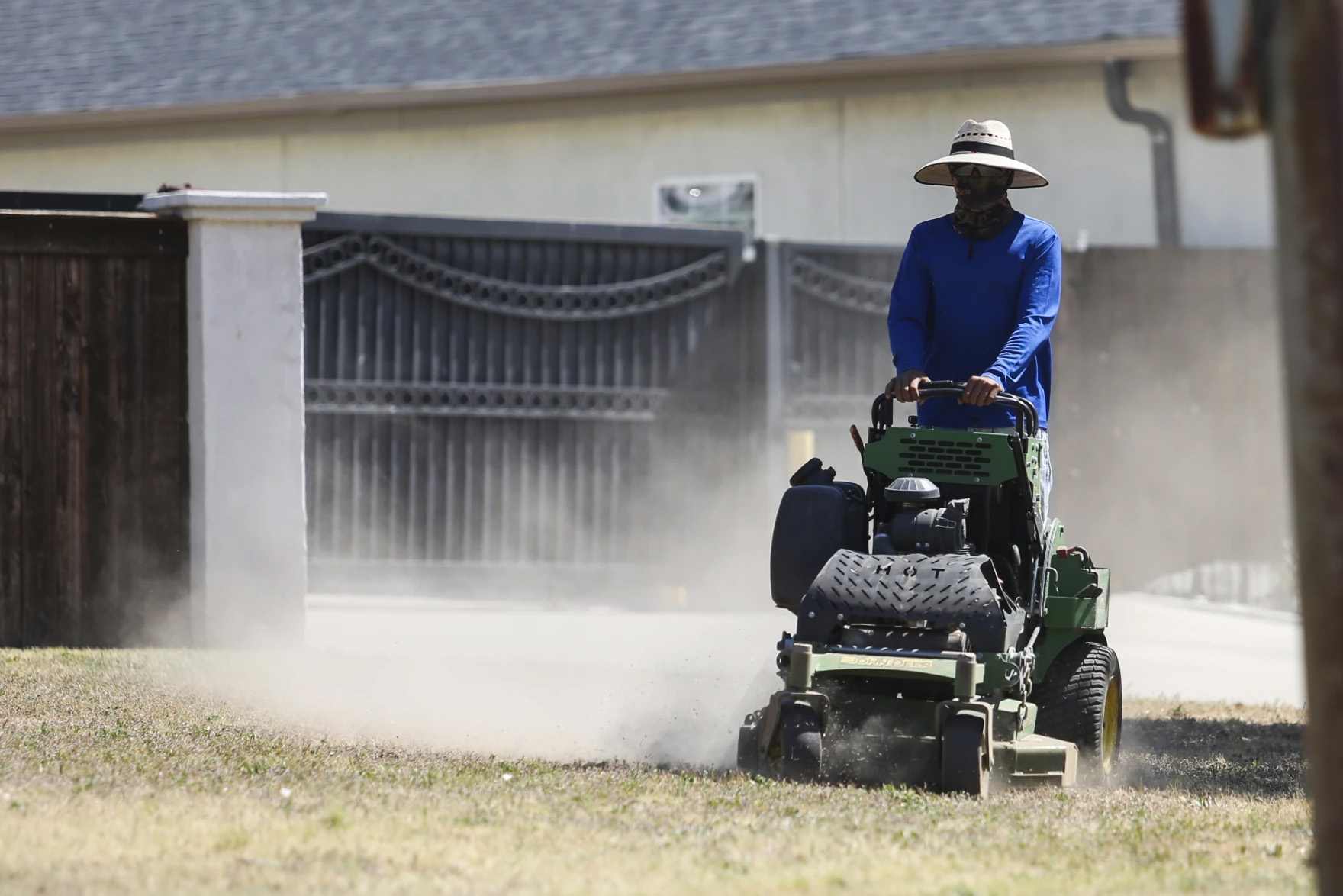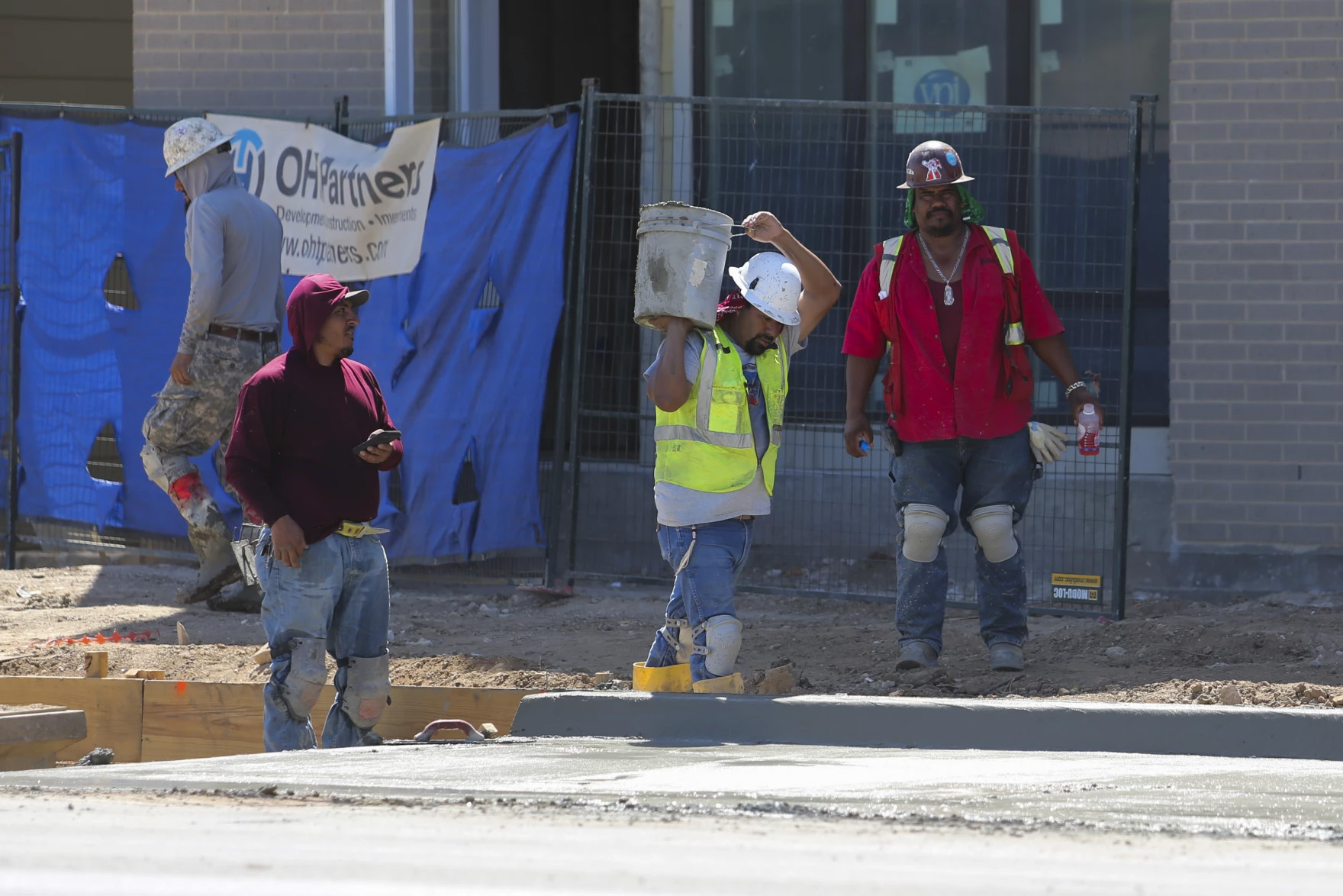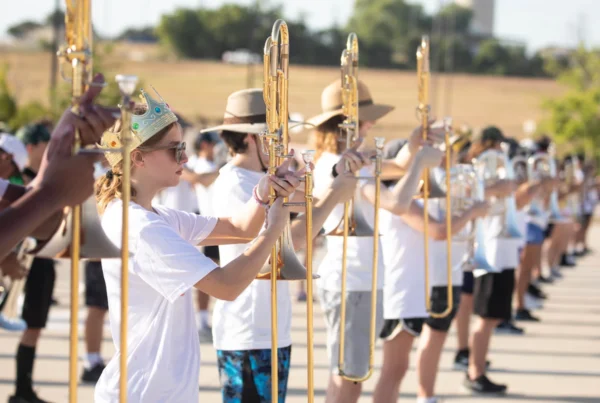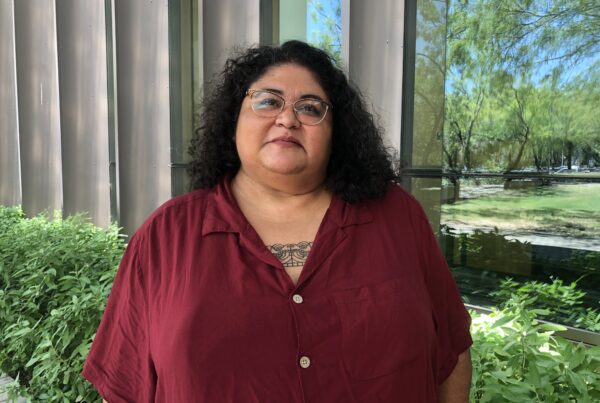From KERA News:
Cristian Mejia has noticed a worrying trend over the decade he’s spent working in construction.
“The climate has been changing every year. The sun, the temperature is hotter.” he said. “This year, we have felt it a lot.”
Mejia, 32, is part of a crew building a new Chick-fil-A off Interstate 35 in Waxahachie. Every day, he and his teammates are at work by 3 a.m. They start early to stay safe.
Mejia said he’s gotten used to the hours.
“Working overnight isn’t very difficult because there isn’t any sun,” he said. “There may be some humidity and you might sweat, but we work better at that hour than in the middle of the day.”
Climate change is making summers hotter. The last eight years have been the warmest years on record according to the World Meteorological Organization. That puts outdoor workers like Mejia at risk of developing a heat-related illness, like heat exhaustion or heat stroke.
The U.S. doesn’t have national safety standards to protect outdoor workers from extreme heat. And earlier this year, Texas Gov. Greg Abbott signed into law HB 2127, which blocks cities and counties from implementing local worker protections such as mandatory water breaks.
Between 2010 and 2020, at least 384 workers died from heat exposure, according to an investigation by NPR, The Texas Newsroom, The California Newsroom, Columbia Journalism Investigations and Public Health Watch. In Texas, at least 53 workers died from heat-related illnesses during that same period. The analysis of federal data also revealed that the three-year average of worker heat deaths had doubled since the early 1990s.
















